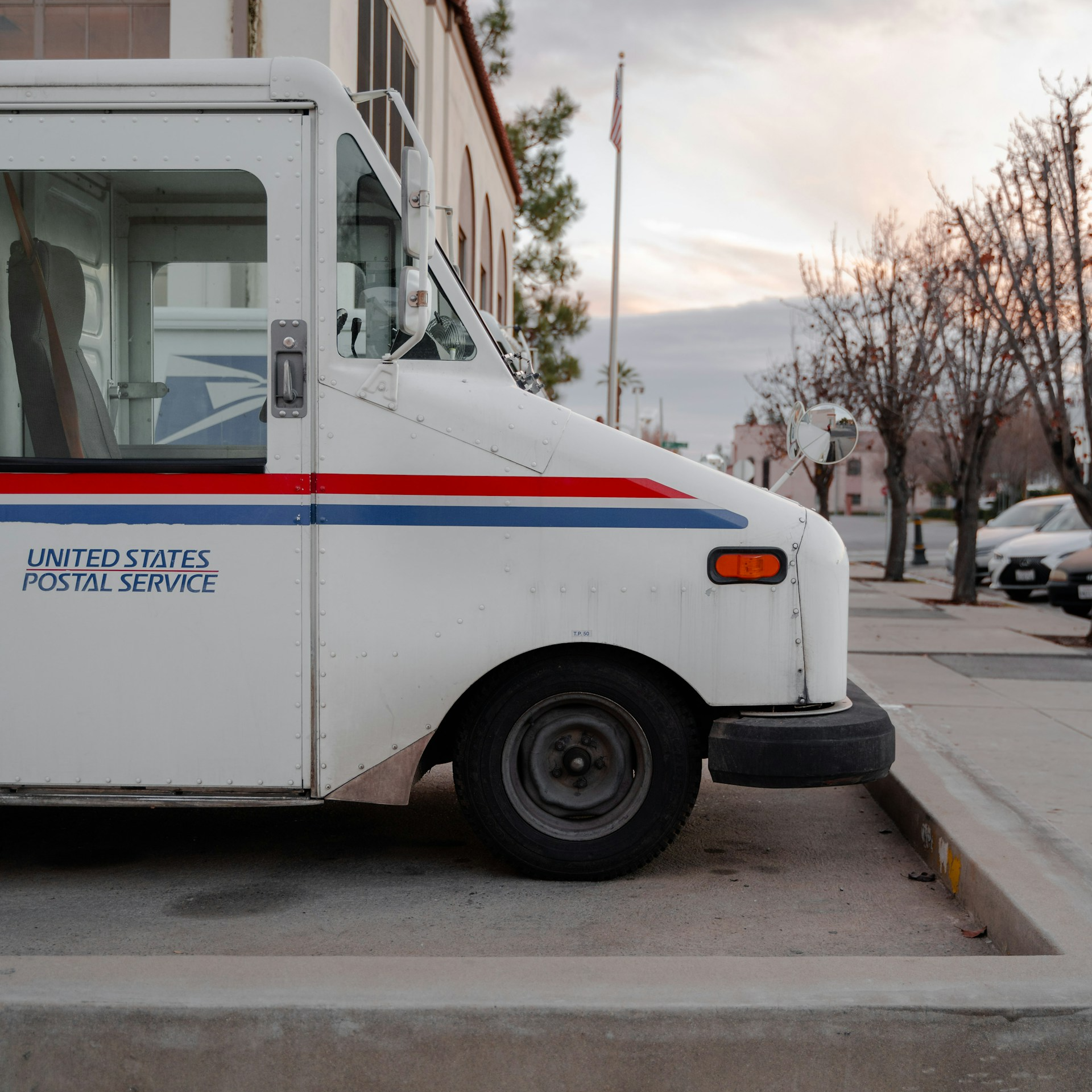Key Takeaways
-
Coinsurance costs in PSHB plans can vary widely depending on the service and whether providers are in-network or out-of-network, potentially leading to higher-than-expected bills.
-
Even with Medicare Part B, coinsurance doesn’t disappear—and failing to understand your plan’s terms could leave you facing thousands in unexpected out-of-pocket charges.
Understanding Coinsurance in PSHB Plans
Coinsurance is a form of cost-sharing that requires you to pay a percentage of the cost of medical services after you’ve met your deductible. Unlike a fixed copayment, which you can anticipate, coinsurance fluctuates depending on the cost of the care you receive.
In 2025, coinsurance continues to play a major role in the Postal Service Health Benefits (PSHB) program. As a postal retiree or active employee, you may be surprised by how these percentages can lead to higher expenses—especially if you assume your plan fully covers services after your deductible.
What Coinsurance Looks Like Under PSHB
Under PSHB plans in 2025, coinsurance typically falls into the following ranges:
-
In-network services: 10% to 30% of the allowed charges
-
Out-of-network services: 40% to 50% or more, depending on the plan
While deductibles may be relatively low under certain PSHB options, coinsurance adds up quickly once you begin needing more advanced care like hospital stays, outpatient surgeries, or specialty treatments.
Coinsurance vs. Copayments: Know the Difference
It’s important not to confuse coinsurance with copayments. Here’s a quick distinction:
-
Copayment: A fixed dollar amount, such as $30 for a doctor visit
-
Coinsurance: A percentage of the total cost, such as 20% of a $1,000 procedure ($200)
Both cost-sharing methods are common in PSHB plans, but coinsurance becomes especially significant during high-cost medical events.
1. When Coinsurance Becomes a Budget Breaker
The true impact of coinsurance hits when you least expect it—often during emergencies or complex procedures that extend beyond basic primary care.
Examples include:
-
Outpatient surgeries
-
Emergency room visits
-
Imaging services like MRIs or CT scans
-
Specialty care
-
Durable medical equipment
Even if your plan promises low copays for routine care, the coinsurance for more involved procedures can be a financial jolt.
2. The Medicare Factor: Reduces, But Doesn’t Eliminate Coinsurance
If you’re enrolled in Medicare Part B and a PSHB plan, you might assume coinsurance will disappear. Unfortunately, that’s not always the case. Here’s how the relationship typically works in 2025:
-
Medicare pays first.
-
Your PSHB plan pays second.
-
You pay what’s left over, including coinsurance amounts not covered by either.
Some PSHB plans coordinate well with Medicare and may reduce or waive your coinsurance when Medicare pays first. However, not all plans do. It’s essential to check whether your current plan offers this benefit.
3. The Out-of-Network Trap
Choosing a provider outside your plan’s network could double or even triple your coinsurance obligations. In-network providers have negotiated rates, while out-of-network providers can charge whatever they wish—and you could be on the hook for a much larger share.
Here’s what could happen:
-
You receive a service from an out-of-network specialist.
-
Your plan only covers a portion (e.g., 50%).
-
You’re billed the rest and potentially subject to balance billing, meaning the provider charges you the difference between their rate and what your plan pays.
4. How Out-of-Pocket Maximums Help
In 2025, PSHB plans continue to include annual out-of-pocket (OOP) maximums. Once you hit this limit, the plan pays 100% of covered costs for the rest of the year.
Typical OOP limits under PSHB:
-
Self Only coverage: Around $7,500 (in-network)
-
Self Plus One or Self & Family: Around $15,000 (in-network)
These limits include deductibles, copayments, and coinsurance—but only for in-network services. If you go out-of-network, a separate (often much higher) OOP maximum applies, if any at all.
So while coinsurance can sting, there is a ceiling. You just need to be aware of how long it might take to reach it.
5. Coinsurance and Prescription Drugs
Although Medicare Part D now includes a $2,000 out-of-pocket cap on prescription drugs in 2025, your PSHB plan might still include coinsurance for certain medications—especially high-cost specialty drugs.
In these cases, you may face cost-sharing percentages like:
-
25% to 40% for specialty-tier drugs
-
10% to 20% for preferred brand-name drugs
Coordination with Medicare Part D plans through PSHB can help, but always check if your medications fall under a coinsurance tier.
6. Timing Matters: Yearly Deductibles Reset
Don’t forget that coinsurance applies after you’ve met your plan’s deductible—and deductibles reset every January. That means if you had a costly procedure in December and another one in January, you’re starting over with both your deductible and coinsurance responsibilities.
This timing issue often catches retirees off guard. It’s especially relevant if you have ongoing treatments that span calendar years.
7. How to Minimize Your Coinsurance Burden
Here are a few strategies to lower your coinsurance exposure in 2025:
-
Always use in-network providers. This avoids higher out-of-network rates and surprise bills.
-
Coordinate care with Medicare. If you’re Medicare-eligible, make sure your PSHB plan works in tandem with it to reduce remaining costs.
-
Review your Explanation of Benefits (EOB). This helps you track your deductible, coinsurance payments, and remaining OOP balance.
-
Use generic drugs whenever possible. They often fall under lower-cost tiers with fixed copayments rather than coinsurance.
-
Explore supplemental benefits. Some PSHB plans include extras like telehealth, care coordination, or disease management services that reduce the need for high-cost care.
8. What You Should Ask Before Choosing or Changing Plans
During the next PSHB Open Season (from November to December 2025), ask these critical questions:
-
What percentage will I pay for hospital stays or outpatient surgeries?
-
Is coinsurance waived or reduced if I have Medicare Part B?
-
What are the in-network vs. out-of-network coinsurance rates?
-
Are any services subject to separate or additional coinsurance (e.g., mental health or durable medical equipment)?
-
What is the annual out-of-pocket maximum?
Reading through your plan brochure may seem overwhelming, but these questions help narrow down whether a plan offers better cost protection during major health events.
Don’t Let Coinsurance Catch You by Surprise
Understanding how coinsurance works in your PSHB plan could mean the difference between managing your healthcare expenses and being blindsided by a large bill. While premiums, deductibles, and copays might be predictable, coinsurance often isn’t—especially if you’re dealing with unexpected care or out-of-network services.
If you’re unsure how your PSHB plan handles coinsurance or whether you’re enrolled in the best option for your needs, speak with a licensed insurance agent listed on this website. They can walk you through plan comparisons and help you understand what to expect based on your situation.












